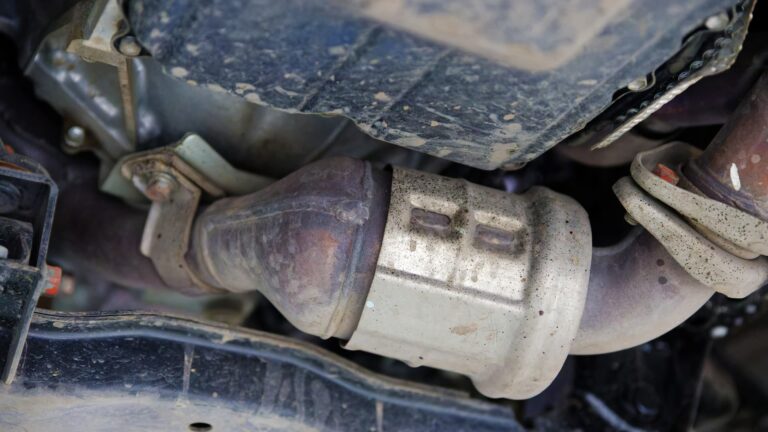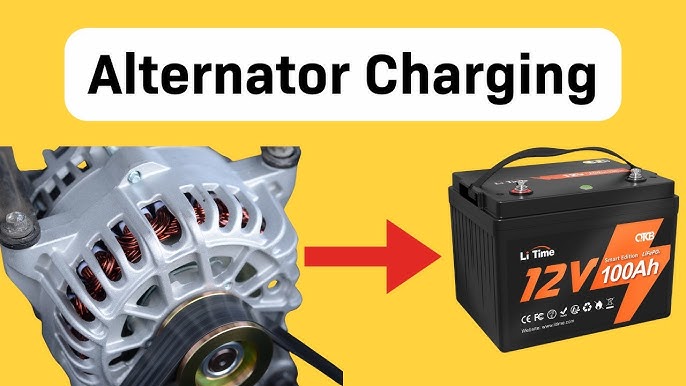Does Coolant Go Bad in the Bottle?

Yes, coolant can go bad in the bottle over time, and its longevity depends on several factors including whether the bottle is opened, the storage conditions, and the chemical formulation of the coolant.
Unopened Coolant
When the bottle is unopened and properly stored, most coolant products have a shelf life of 3 to 5 years or even longer. Manufacturers typically include an expiration date on the container to indicate how long the product should maintain its performance. As long as the bottle remains sealed and is kept in a cool, dry, and stable environment away from direct sunlight, the coolant should remain effective until its expiration date.
Opened Coolant
Once the bottle is opened, the situation changes. Exposure to air and moisture can begin to degrade the coolant. Opened coolant is more susceptible to:
- Contamination: Air and moisture can lead to oxidation and the formation of sludge or sediment.
- Chemical Degradation: Over time, the additives and inhibitors that protect your engine from corrosion can break down.
Because of these factors, opened coolant should ideally be used within 1 to 2 years. It’s important to keep the bottle tightly sealed after each use and store it in a consistent environment to help prolong its shelf life.
Signs That Coolant May Have Gone Bad
Even if the coolant is within the printed shelf life, you should inspect it before use. Here are some signs that your coolant may have degraded:
- Discoloration: Coolant should typically be a clear or bright color (often green, orange, or pink). If it appears brown, cloudy, or has sediment, it may be degraded.
- Separation: If you notice that the coolant has separated into layers or has visible particles floating in it, it’s a sign of chemical breakdown.
- Off Odor: A sour or unusual smell can indicate that the coolant has started to break down.
- Reduced Performance: If your vehicle is experiencing overheating or corrosion issues, degraded coolant may be a contributing factor.
How Storage Conditions Affect Coolant
The way you store your coolant plays a critical role in its longevity:
- Temperature: Extreme temperatures, both hot and cold, can accelerate the chemical degradation of coolant. Ideally, store it in an environment where the temperature remains relatively stable.
- Light Exposure: Direct sunlight can cause the coolant to deteriorate faster. Always store the bottle in a dark or shaded area.
- Seal Integrity: A tightly sealed bottle prevents air and moisture from entering. Make sure the cap is secure after each use.
Conclusion
In summary, coolant can go bad in the bottle if it is not stored properly or if it has been opened for an extended period. Unopened bottles can last 3 to 5 years (or more), while opened bottles should ideally be used within 1 to 2 years. Always check the condition of the coolant—its color, consistency, and odor—before using it in your vehicle. When in doubt, replacing old or suspect coolant is a wise decision to ensure your engine’s cooling system operates efficiently and to prevent potential damage.
FAQs
Q: Can I mix old and new coolant?
A: It’s best to use coolant that is of the same type and not past its expiration date. Mixing old, degraded coolant with new coolant may reduce overall effectiveness and potentially harm your cooling system.
Q: Does storing coolant in extreme temperatures affect its shelf life?
A: Yes, extreme temperatures can accelerate chemical breakdown, so keeping coolant in a stable, moderate environment is important.
Q: What color should coolant be?
A: Coolant typically comes in clear or bright colors such as green, orange, or pink. If it appears brown or cloudy, it may be degraded.
Q: Is it safe to use coolant that has been opened for more than 2 years?
A: It’s not recommended because opened coolant can deteriorate due to exposure to air and moisture. It’s best to replace it if it’s been open for over 1 to 2 years.
Q: How can I tell if my coolant has gone bad?
A: Look for signs like discoloration, separation, sediment, or an off odor. These are strong indicators that the coolant has degraded and should be replaced.
Also Check:
• Can You Put Coolant Directly Into the Radiator?





